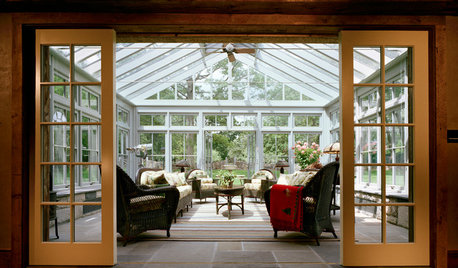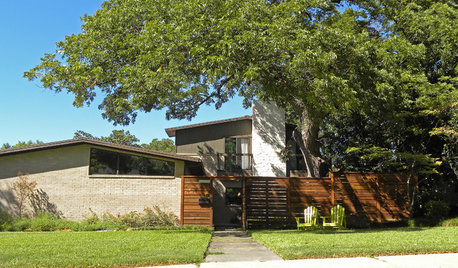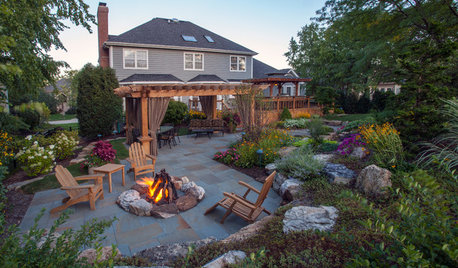A comment posted by MuddyMesaWoman regarding working in the "triple digit heat in NM" prompted me to elaborate on this sometimes confusing issue.
As you are all no doubt aware by now, having dealt with the mystical process of trying to successfully cure a piece that you have a lot of time invested in...can be frustrating. Especially if the aforementioned piece cracks, crumbles or never does set solid. I hate it when that happens. But don't blame the heat.
While most people are, or quickly learn to be, well atuned to the very real role that temperature can play in this process, I've found very few who are aware that it is actually air movement that plays the biggest role in the premature dehydration of any given piece of cementious work. Whether it's a concrete bridge or a 'Tufa budvase. That's right...Wind. Breezes. Air. It is responsible for removing more of the moisture than any amount of heat. In fact, you can actually make triple digit heat work for you.
Probably the most controlled hydration proceedure that exists today is a high-tech process known as a "steam cure". And, as you may recall from high school, steam is just water in a gaseous state and it requires heat to form. Well, cement can handle quite a bit of heat...but the trick is to keep the moisture from escaping too rapidly. That means eliminating or minimizing the air movement over the work that carries the moisture away. How? Wrap it in plastic. The more air-tight the better. And do it as early on as is feasible, 'cause that's when it is really the most critical. Early onset shrinkage will destroy even the best of mixes.
Some of the old-time Faux Bois artisans were wrongly accused of secreting their proceedures from prying eyes by working only behind large canvas curtains...which they did. And, while it certainly did help keep many of their trade secrets secret...the real purpose was to simply keep the wind off of the medium while they were working.
Believe me, I know how great it feels to have a fan on you as you merrily sweat your way through sculpting something on a hot summers day ( I do work in Texas, remember...), but the effect on any cement product can be fatal. Even the lightest of breezes can rob critical moisture from the mix too rapidly and cause it to fail. Keep it off! The more air movement you keep off, the more moisture you'll keep in. Avoid any breezes while you are working, then seal it up as best you can. Plastic trash bags, plastic roll sheeting, anything that is air & moisture tight will compensate for the heat. As I said earlier, a "steam cure" is top-of-the-line, and given enough ambient heat, it's something even you and I can pull off a low-tech version of. And you can do it using solar-power. Instead of clear plastic bags from the dry cleaners...use BLACK plastic bags or wrap (I found & ordered some bags that are 5 feet tall thru an online industrial supply house).
As soon as you are done working and have enough initial set to permit some movement and suface moisture...wet the work thoroughly using your hoses "mist" setting, then seal it as air tight as possible. Inflating the bag a little will help keep it from fouling the surface. Then, rather than hiding it from the heat, place it where it will get as much direct sun as possible. The moisture given up from the hydrating cement will condense on the inside of the now very hot, black plastic and create a relatively non-diminishing, self-recycling water supply that will insure optimal hydration.
I now place any of my work that will be difficult to lift or move (but will fit), into one those large bags before I even begin my final finish and roll it down out of my way. Then when I'm done sculpting and ready to move into the curing stage, I mist the piece well and fill the bottom of the bag with as much water as will not interfere with the work, pull it up, trap enough air to make the bag stand on it's own, then seal it tight. After that, the sun does the misting for me by creating a superhumid environment that even a strong wind can't carry away.
The Mercer Arboretum piece was cured using the process above. And it employed mixes that demand nothing less than supercritical curing proceedures during a period when it remained over a hundred degrees daily for weeks.
As always, I hope some of you may benefit from the bits & pieces of knowledge I've been able to wrestle from the Muses over the years and ask only two things; that you use it to pursue whatever form of beauty you can bring into this world...and, that you share whatever knowledge you acquire along the way with anyone else so inclined. If you underestimate your own power to make the world just a little bit better, it never will be.













rockhewer
mabeldingeldine_gw
Related Discussions
Need flower plant - heat tolerant long blooming
Q
Okay--I'm cured...!!! (Graphic-to be sure)
Q
how i cured my hotflashes and night sweats
Q
Organic roses in South Africa and thoughts about life and health
Q
MuddyMesaWoman
tango88Original Author
Blooming_Stone
Wayfind
artfart
Fleur
butterflybush
tango88Original Author